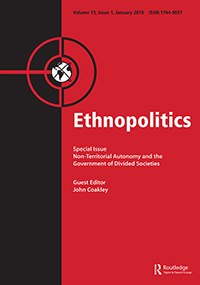(Ethnopolitics) (Co-author: Karen Barkeya) Historians and social scientists view the Ottoman millet system as a successful example of non-territorial autonomy. The Ottoman rulers recognized the diversity of religious and ethnic communities that made up the empire and also understood that this diversity could not and should not be assimilated into an overarching principle of sameness. Instead, they organized a series of ad-hoc negotiations with the heads of religious communities, resulting in what became known as the millet system. Under these arrangements Jewish, Greek Orthodox and Armenian communities organized their existence in the empire and survived through a generalized system of imperial toleration and intense negotiation. This article describes the main features of the millet system, and looks at the legacy it bequeathed to certain successor states, notably Egypt, Israel, Lebanon and Turkey. It argues that this kind of non-territorial autonomy was best suited to the geographical dispersion of minorities, but also to the strategic goals of the Ottoman Empire. Although this model was subsequently idealised, it had the effect not just of allowing autonomy to minorities but also of ensuring that they remained under the control of the state.
Read More © Ethnopolitics/Routledge (Volume 15, Issue 1, 2016)
Subscription required











